A Question of Style: Newbery Criteria Deep Dive
In the final installment of our six part series on the Newbery Criteria we discuss “Appropriateness of Style.” In previous posts we have looked at Character, Plot, Information, Theme, and Setting. Here’s another Emily/Steven dialogue to get us thinking about style:
EMILY: Since we already have our Heavy Medal Book List of 16 titles, we are going to look at the different styles of our final titles. We’re trying to simply focus on style and categories today, because the in-depth book discussion is coming soon with the individual committee members. Steven, how would you define the criteria piece “appropriateness of style?” I’m having difficulty explaining it.
ADVERTISEMENT
ADVERTISEMENT
STEVEN: It’s probably the hardest of the literary elements to nail down, just because there are so many nuances. And delineation of style is tied to all of the other elements and ties them all together. It helps me to bring in all the elements when I think about style. Some of the elements address what the book has in it: Plot, Setting, Characters, Information. Then there’s why the book was written: that’s Theme and Concept. Style is the how. It’s where we try to evaluate how the author developed the plot, setting, etc. And how they used those to convey themes.
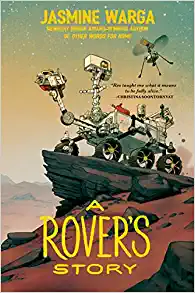
To use one example, in A ROVER’S STORY, Warga made some clear style choices: she told it from a machine’s point of view, trying to capture what a machine’s voice and thought process would be like. And added some interludes in the form of Sophie’s letters. We would need to look at how that stylistic approach worked, specifically in terms of those literary elements (plot, setting, etc.). It’s challenging, but important. It really helps us step away from our immediate experience as a reader and shift to examining what it was the author did that impacted that experience.
EMILY: Oh, that makes more sense. Now that we’re getting into the 5 w’s, would you consider who part of style. As in who is the intended audience? For that I would look at FARMHOUSE by Sophie Blackall, a picture book that takes a journey through time as it investigates the story of a house. Would this be a read for intrigued kids, or more an introspective adult? Or does it work to be read by an introspective result, to a group of school-aged children who may know of an abandoned old house? Style just brings up so many questions for me!
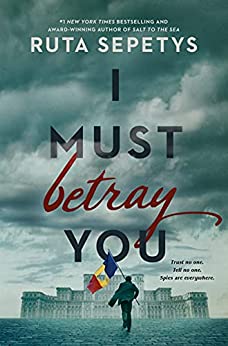
STEVEN: I like adding that audience piece. It can come into play with books on the upper end of the Newbery range too. In I MUST BETRAY YOU, Ruta Sepetys must have chosen how far she wanted to go when describing the violence of the events. I think she was just restrained enough to make it work for that middle school range, without downplaying the impact.
EMILY: I broke our 16 books up into general styles, in parentheses.. What do you think of these categories Steven?
STEVEN: I like the categories, but feel the need to add another bit for each to identify anything distinct about what the author does with the style they choose. Like the unreliable narrator in AVIVA. Or the way Res’ voice is robotic, but not always, in ROVER. I added a few notes to some (not all) after the parentheses. But this is just a start…
EMILY: Yes, I think that’s something interesting about style.. There’s a lot to be said. We’d love to hear what everyone else thinks about the style in any or all of these specific books (feel free to expand on the breakdowns below) and can’t wait to discuss more in depth starting Jan. 2nd!
- AIN’T BURNED ALL THE BRIGHT (heavily illustrated/ unique fonts/free verse poem in three long sentences) Repeats and reprises of key words and phrases.
- ATTACK OF THE BLACK RECTANGLES (traditional middle grade novel// conversational// first person) Narrator holds back at first on what he thinks of his father’s issues.
- AVIVA VS. THE DYBBUK- Mari Lowe (realistic fiction, first person) Narrator doesn’t share everything which keeps us unsure about the Dybbuk and about her.
- BERRY SONG- Michaela Goade (picture book, multiple languages) Poetic flow, with alliteration and rich adjectives.
- BLACK BIRD, BLUE ROAD- Sofiya Pasternack (fantasy, middle grade, third person– with second person introductions to various parts)
- BLUE: A HISTORY OF THE COLOR AS DEEP AS THE SEA AND AS WIDE AS THE SKY: Nana Ekua Brew-Hammond (historical narrative, with touches of poetry) Connects the history to modern expressions – feeling blue, out of the blue..
- DOOR OF NO RETURN- Kwame Alexander (verse, historical fiction, fantasy [I don’t think it’s fantasy – se]? Mixed in dialogue and stories)
- FARMHOUSE- Sophie Blackall (picture book, narrative)
- HOW TO BUILD A HUMAN: IN SEVEN EVOLUTIONARY STEPS- Pamela Turner (nonfiction, second person) Uses humor in chapter titles, footnotes, and within main text.
- I MUST BETRAY YOU- Ruta Sepetys (historical fiction, young adult,first person, mixed in reports, journal entries)
- THE LAST MAPMAKER- Christina Soontornvat (fantasy, mystery, sort of an unreliable narrator)
- MARSHMALLOW CLOUDS- Ted Kooser and Connie Wanek (poetry, poems take differing themes, multiple voices/ expressions)
- OGRESS AND THE ORPHANS- Kelly Barnhill (first person from the pov of an unknown narrator; mostly told as if third person though) Narrator plays with readers a bit, and jumps around from current events to backstory and back again.
- A ROVER’S STORY- Jasmine Warga (contemporary fiction, 1st person narration mixed with letters). Res’ voice is usually robotic: direct and fact-based…but human-type questions keep sneaking in.
- SWIM TEAM- Johnnie Christmas (graphic novel, middle grade, 1st person) Weaves bits of history into the present-day narrative.
- VIOLET AND JOBIE IN THE WILD- Lynne Rae Perkins (early chapter book, lightly illustrated, pencil drawings, narrative) Mouse point of view means readers discover the new things in V and J’s world in the same ways the mice experience them.
Filed under: Book Discussion, Process
About Steven Engelfried
Steven Engelfried was the Library Services Manager at the Wilsonville Public Library in Oregon until he retired in 2022 after 35 years as a full-time librarian. He served on the 2010 Newbery committee, chaired the 2013 Newbery Committee, and also served on the 2002 Caldecott committee. You can reach him at sengelfried@yahoo.com.
ADVERTISEMENT
ADVERTISEMENT
SLJ Blog Network
2024 Books from Pura Belpré Winners
Passover Postings! Chris Baron, Joshua S. Levy, and Naomi Milliner Discuss On All Other Nights
Winnie-The-Pooh | Review
Parsing Religion in Public Schools
Crafting the Audacity, One Work at a Time, a guest post by author Brittany N. Williams
ADVERTISEMENT



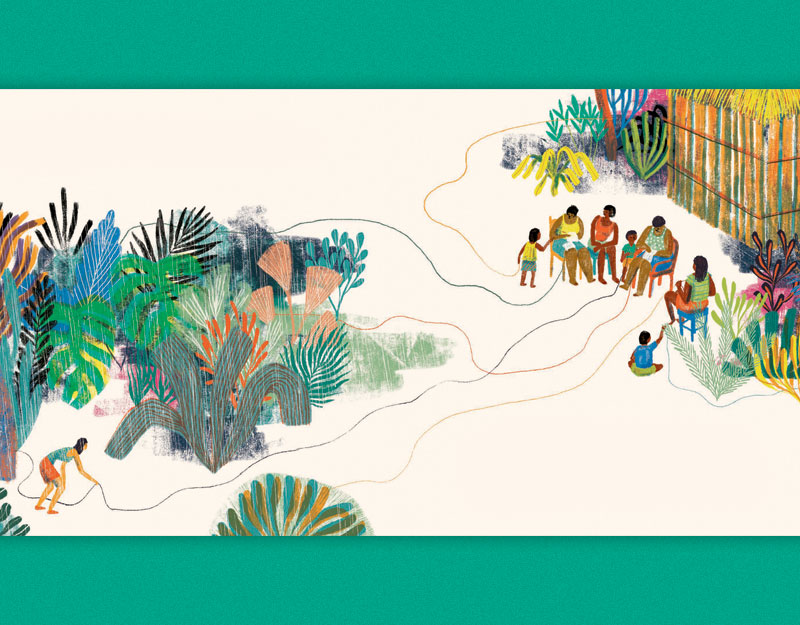
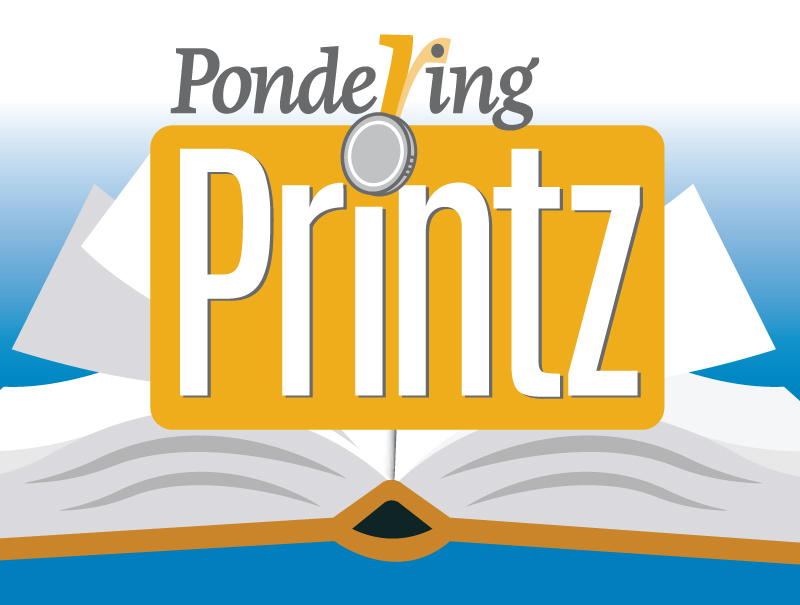
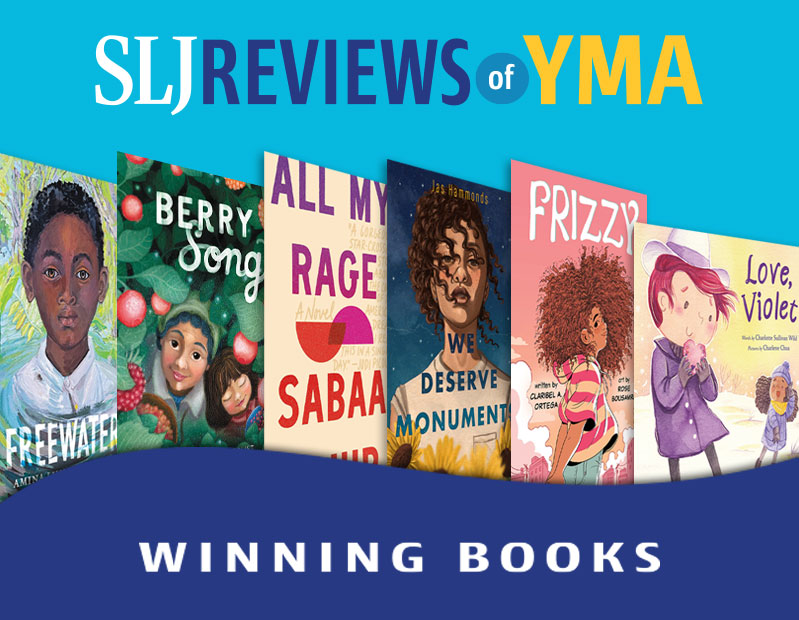

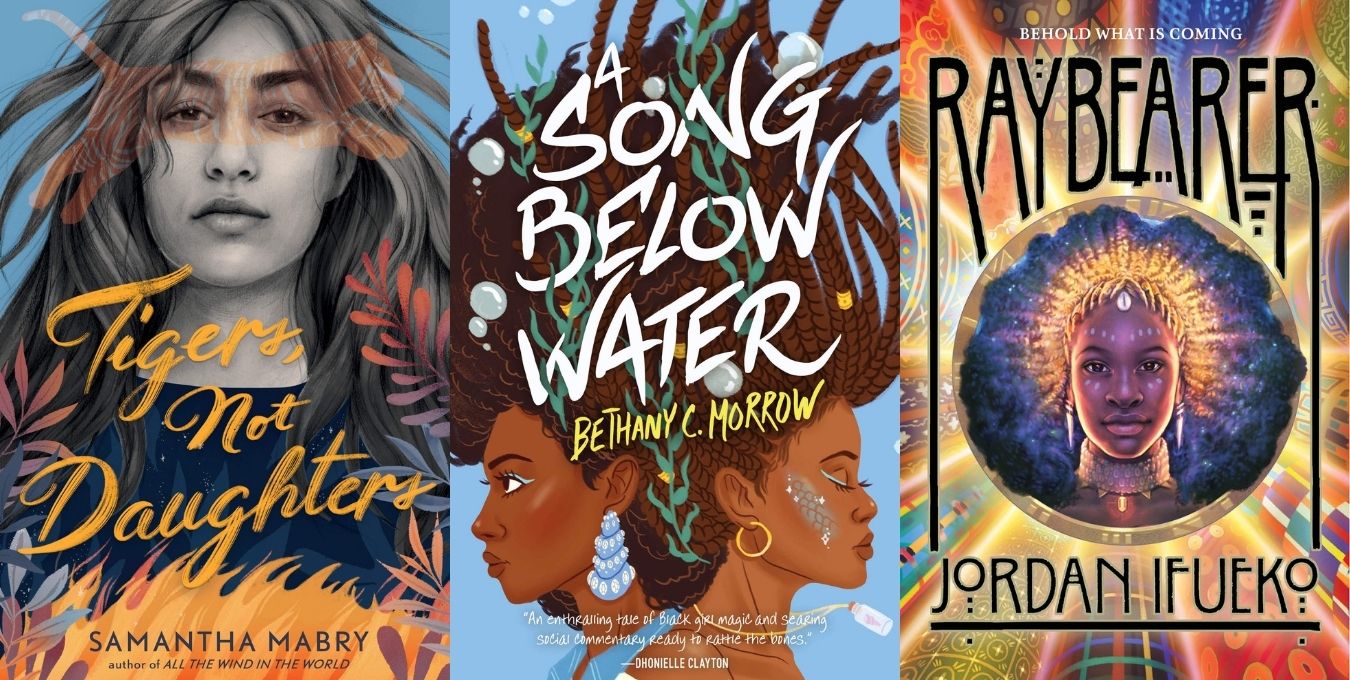
I love the way Septys uses the multi-media-esque format to enhance her style. While she touches on tough issues, I think her writing style–the way she weaves language and how brisk her chapters move–helps keep the book accessible to the younger range of YA/upper MG.
One stylistic choice that BLEW me away from our list was the pages in Swim Team that discuss the history of the stereotype that Black people can’t swim told in puzzle pieces. An eye-opening spread, so beautifully and intricately done, and ties to the neighbor’s interests perfectly while also showing a “piece” of the greater puzzle.
I agree with Steven that style is about the how. I think the style criterion is there to highlight the craft of writing. Is the prose dull/trite? Does the author overuse cliched phrases, adjectives, adverbs, or similes? Once you get down to the top 16 titles, all the books most likely have distinguished style. This criterion can help weed out books that may have great subject matter but the writing itself lacks great style.